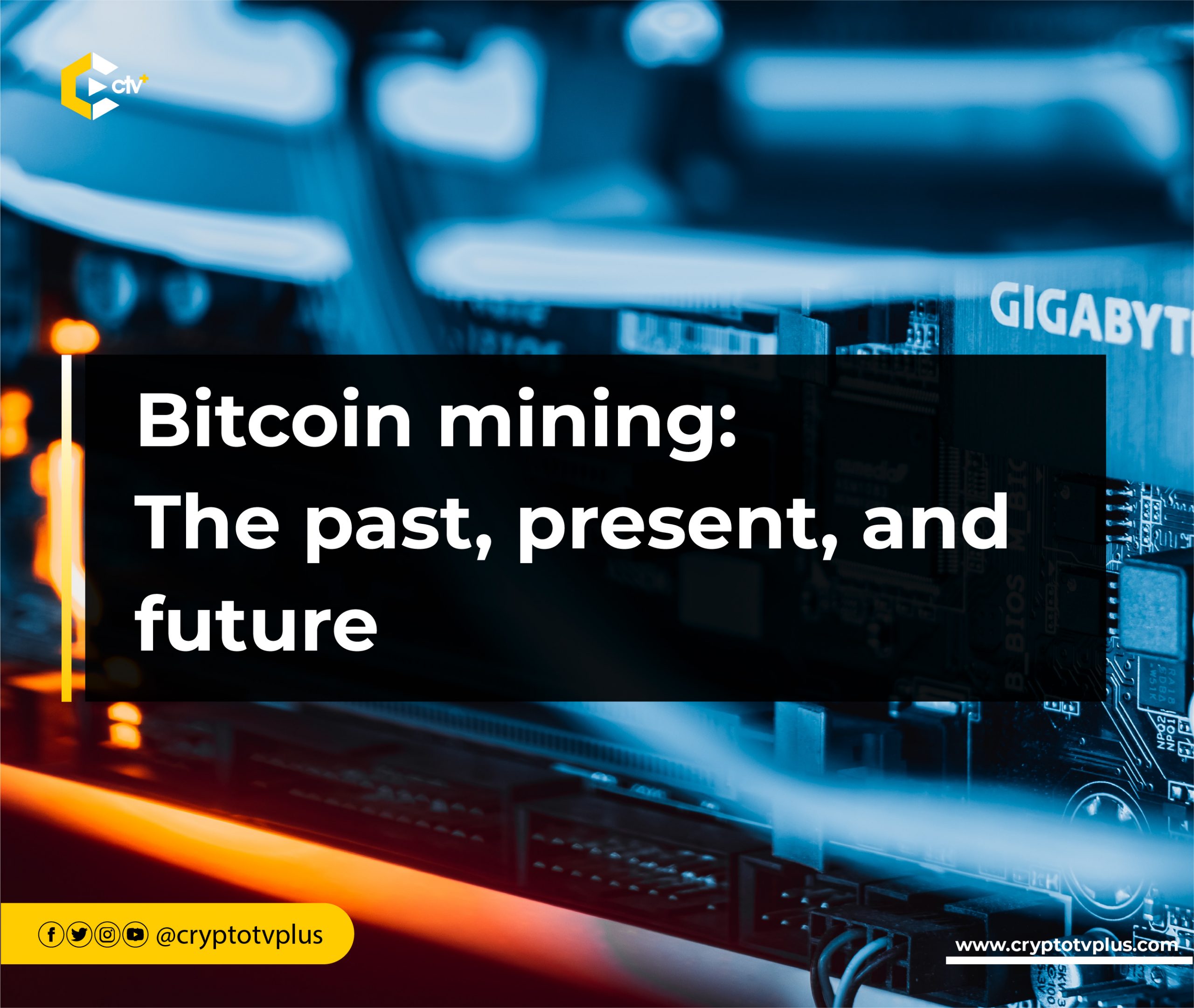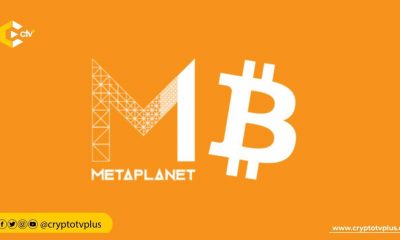FEATURED
Bitcoin mining: the past, present, and future

Bitcoin mining is the process of adding new blocks of transactions to the Bitcoin blockchain. Miners are rewarded with newly minted Bitcoins for their work, and the difficulty of mining is adjusted to ensure that a new block is added every 10 minutes. The process is energy-intensive and consumes more electricity than some countries, leading to concerns about the environmental impact.
There are a number of ways to reduce the environmental impact of Bitcoin mining, such as using renewable energy sources and more efficient mining hardware. Bitcoin mining is an essential part of the Bitcoin network, but it is a complex and controversial process.
Bitcoin mining was part of the discussion at the Consensus 2023 event, where Sam Tabar, the Chief Strategist at Bit Digital, gave a holistic view of what has been, what is happening, and what will most likely happen.
Bit Digital is a publicly traded Bitcoin mining company with operations in North America, Asia, and Europe. It is committed to sustainable mining practices and has a goal of becoming carbon neutral by 2025.
It has a strong management team, a sustainable mining operation, and a track record of profitability. It is a good investment for investors looking to gain exposure to the Bitcoin mining industry.
In the words of Sam, the entire Web3 community that comprises Bitcoin maximalists needs to stop the tribalism that magnifies the asset above others, thereby creating a divide instead of uniting to solve the problems in the entire ecosystem. This will require a change in mindset as well as the development of new business models to power the future.
The past, and the present
Sam narrated to the audience how the past decade of Bitcoin mining is different from what is available today. He noted that there was a time when the mining difficulty of Bitcoin was relatively low. But today, it is much higher.
Bitcoin mining difficulty is adjusted every two weeks based on the total computing power being used to mine Bitcoin. It is designed to ensure that a new block is mined every 10 minutes to keep the Bitcoin network secure. Key factors that affect Bitcoin difficulty include the amount of computing power and the price of Bitcoin.
The difficulty of mining Bitcoin is determined by the amount of computing power used and the price of Bitcoin. The block reward is the amount of Bitcoin awarded to miners for mining a new block. As of May 18, 2023, the difficulty is 48.01 trillion, making it more difficult for individual miners to mine Bitcoin profitably and making the Bitcoin network more secure.
Based on research, on May 24, 2014, it was 0.01; on August 5, 2019, it was 9.99; and on May 17, 2023, it was 48.71.
He added that in the past, the number of bitcoins available to mine was higher compared to today. Miners also had the luxury of running huge mining facilities with fewer requirements in terms of computing and regulations, as it was more profitable than today.
In the current reality, there are competitors, more overhead costs, regulatory clampdowns, and issues around climate change.
The effect of Bitcoin halving on miners
Sam told the audience that the bitcoin halving, which occurs every four years, is another important factor that affects the Bitcoin ecosystem. Bitcoin halving is an event that occurs every four years when the reward for mining a block of Bitcoin is reduced by half.
It has a significant impact on the Bitcoin economy, as it reduces the supply of Bitcoin, increases the price of Bitcoin, makes it more difficult to mine Bitcoin, increases demand for Bitcoin, and increases volatility in the price of Bitcoin.
He noted that halving bitcoin makes bitcoin scarcer while providing a deflationary measure to bolster it as a store of value. This is an advantage because investors in the last decade have seen higher value for Bitcoin after every halving event.
He added that based on previous data, halving will increase the value of Bitcoin but also cut the profitability for miners, as those who have short-term plans will most likely run out of business due to the cost of running the mining equipment.
The future and what we can do
To have a better future in the bitcoin mining industry, Sam said that businesses need to develop innovative models to adapt to the current realities of the industry. Business leaders need to think differently to create a future-proof ecosystem for Bitcoin mining.
He said emphatically that mining businesses should not seek to expand without controls as the market is highly volatile, with regulations springing from all directions, and miners should also build for the lows and highs of the bitcoin cycle.
Diversification into other assets is another way to build into the future, Sam said. He advised miners to look into Ethereum where they can decide to stake their Bitcoin rewards after converting them to Ether. He believes that Bitcoin and Ethereum can complement each other and coexist, rather than being portrayed as enemies.
The Bit Digital leader also said that miners should also take responsibility for holding bad actors accountable as miners should also maintain sufficient financial reserves and optimize their operations for efficiency.
Read also;
“Expect” our Bitcoin ETF by Q3 2023 – Grayscale CEO
Bitcoin is the greatest distraction from the greatest disruption – Franklin Templeton CEO
























